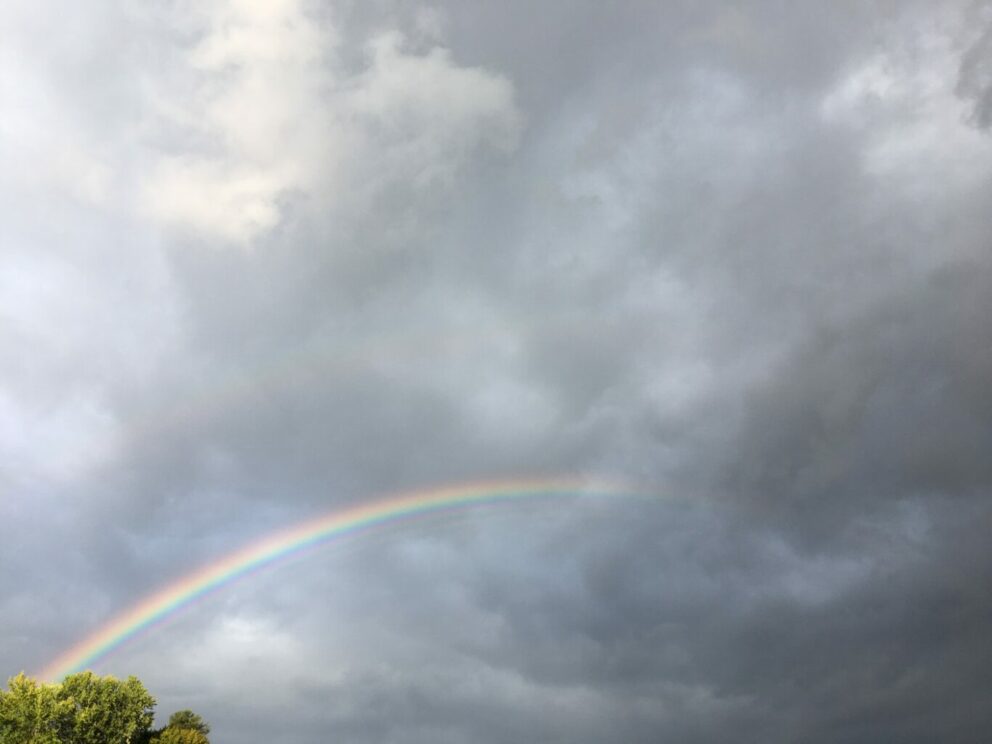Classes & Coaching
Planting seeds of wild literacy

Nature Connection
Wild literacy
Wild literacy happens when we get to know a place and become a part of it. Getting to know and notice your local plants and animals leads to a feeling of ease, and opens up connections that over time become not unlike dear friends.
Oakscaping for Oregon
Planting for a climate resilient future? Higher summer temperatures, reduced snow pack and winters as wet as ever have arrived in the Pacific Northwest. Oregon white oak is well adapted to areas that are very wet in the winter and hot and dry in the summer. They also provide food and shelter for over 200 species, big and small! If you have an open patch with full-sun, consider ‘oakscaping.’
TRE® Tune Up
TRE® (Tension & Trauma Release Exercises) is a simple and profound practice of deep tension relief that you can use any time – and anywhere – to shed accumulated stress. Give it a try and see how it feels!
Reading Nature & Giving Back
From the canyons of city skyscrapers to mountain wilderness, we are a part of nature. Nature is inside us too, we are made of nature. Learn to connect with your place, read your climate, identify plants, wildlife track and sign, and give back to nature where you live.
Garden Habitat for Beginners
Guidance for DIY gardeners working to restore habitat by adding a patch of native plants where you live, i.e. yard, balcony or community space.
